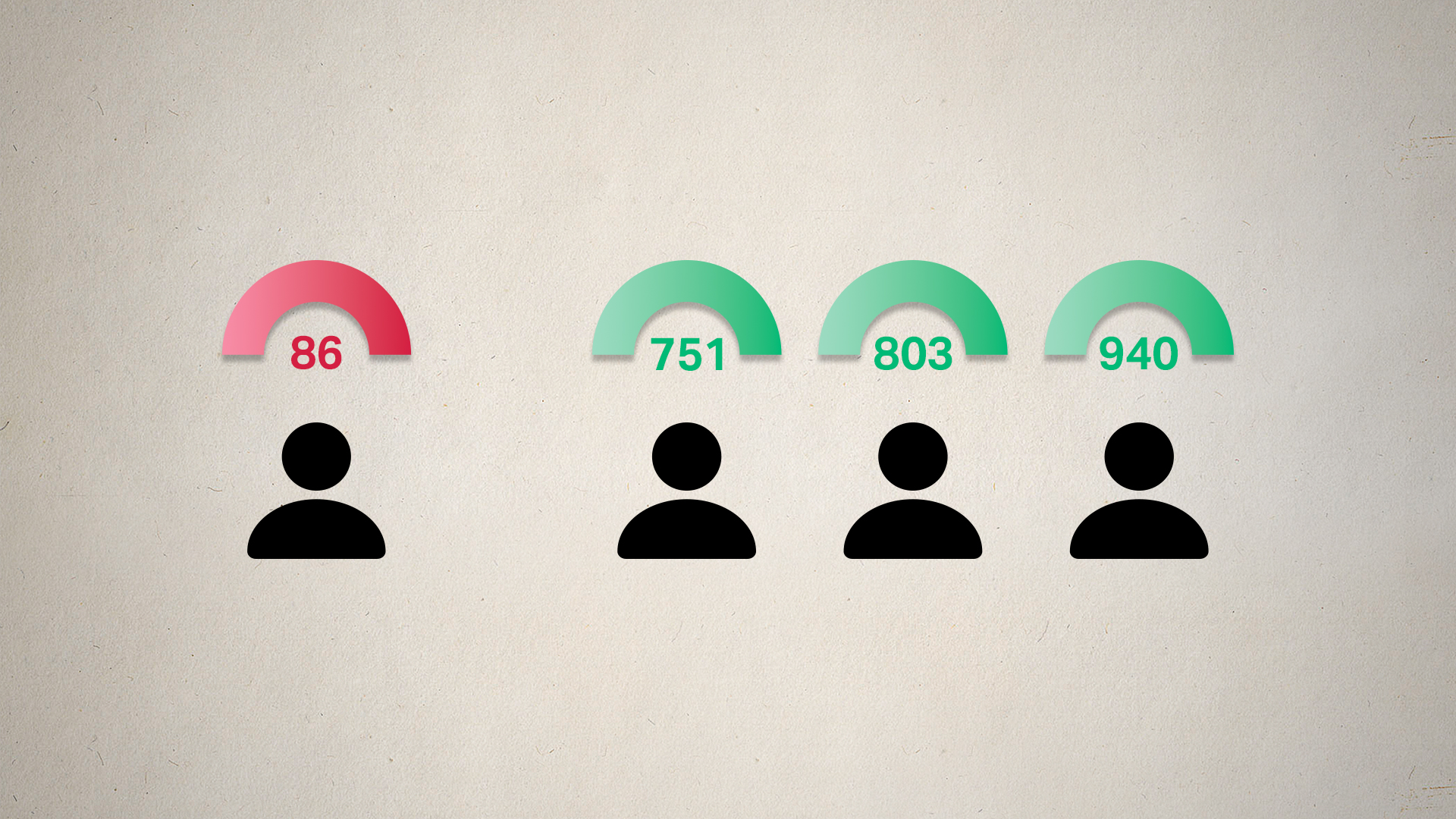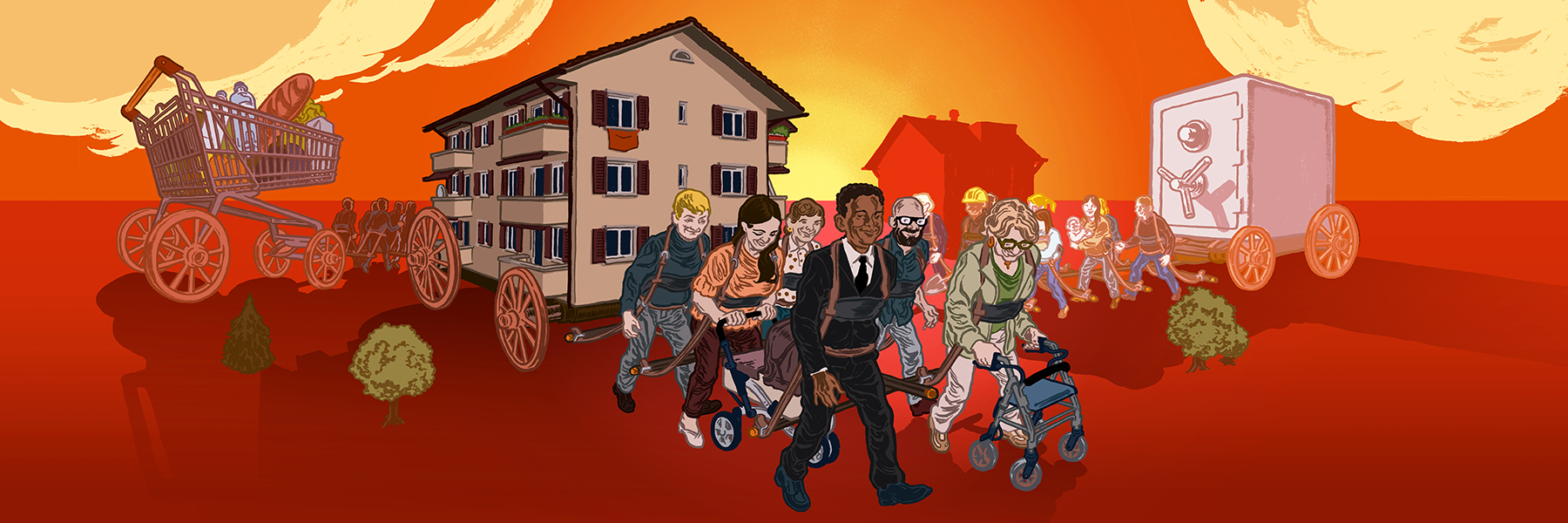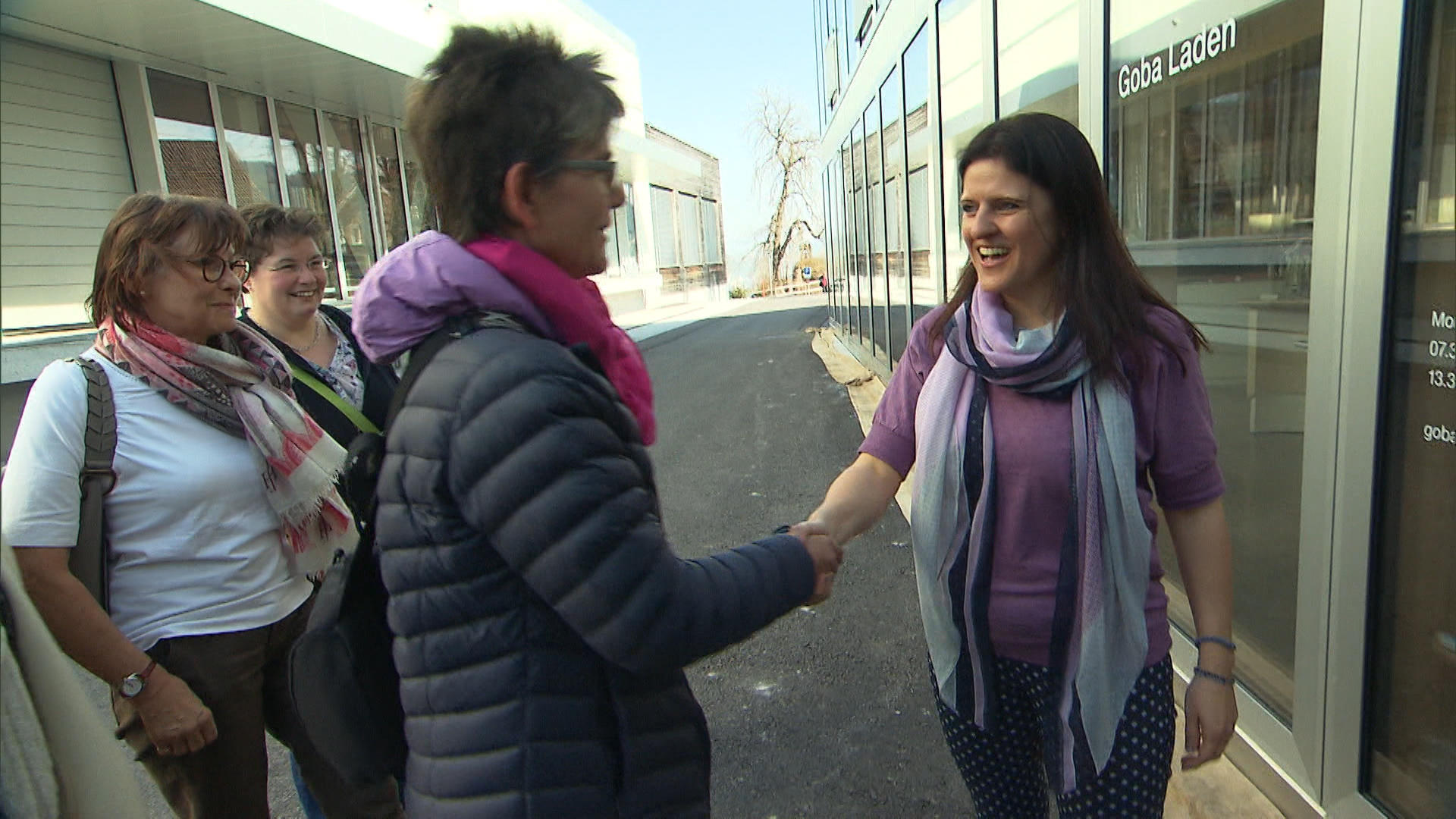
Personal dialogue is the only way forward

Political parties in Switzerland appear to have re-discovered that direct contact with citizens is key to winning votes. Canvassing is a buzzword for the 2019 parliamentary elections. Some parties use the internet, others connect with voters by phone or appear on their doorsteps.
Campaign specialists have been talking about digital democracy for quite some time now. They argue this would change election campaigns. More professional journalism, more targeted advertising and direct communication with people online would complement each other. All put together, this could be called “hybrid campaigning”.
During the 2015 parliamentary elections, statistics on Swiss citizens’ use of media did not give rise to excessive expectations in this regard. Newspapers, television and radio were still the most important sources of information, as well as for election campaigning. The ubiquitous propaganda tools the parties used, especially posters and newspaper ads, came in second place.
In the meantime, however, it has become obvious that most parties use the internet for campaigning. Newspapers are mainly read online; TV and radio have been unbundled and their programmes are watched and heard on the internet after they have been broadcast. No matter whether it is digital ads or influencers’ statements on social media, digital advertising is on the rise.
Easier for some than for others
Swiss political parties are obviously not tapping into their full potential, and there are two reasons for this: the notoriously low turnout and loose party ties, the latter of which has led to people voting for different parties according to their personal preferences on values, subjects and candidates.
+ Read also: Mobilising crowds as part of political campaigning
The right-wing People’s Party is the only group making full use of its voters’ potential. The left-wing Social Democrats and the centrist Christian Democratic Party are moderately good at it, while the centre-right Radical Liberals and the Conservative Democrats are doing a rather poor job.
The Greens as well as the Liberal Greens are the worst and lose many potential votes.
This shows that the People’s Party would struggle to increase its votes, whereby there is plenty of room for improvement for the Greens and Liberal Greens.
The latest cantonal elections have shown that the Greens have a lot more potential whereas the People’s Party has reached its full potential.
Digital door-to-door campaigning
Experts believe the time has come to conduct modern election campaigning at voters’ doorsteps. However, it’s not like in the old days when door-to-door selling was still in fashion and much was left to chance.
Nowadays, door-to-door election campaigning is a combination of big data analysis and the direct approach of potential voters.
Since the beginning of the year, the Radicals have set an example and conducted door-to-door campaigning, which was partially developed by the GfS Bern research institute. I am happy to share some of our approaches and thoughts with you here.
Prior to our research, my colleagues developed a potential estimate of votes for each of Switzerland’s 2,212 municipalities, which were then compared to the latest election results. In municipalities where the party fared better than expected, it’s a matter of keeping the votes. In towns and villages where the results were below expectations, the Radicals need to do some serious campaigning work. It’s exactly in these places where parties can win over voters.
Walking the last mile
For this reason, the Radical Party focused their 2019 election canvassing on certain areas. In order to be as precise as possible, we refined the target areas of the municipalities by conducting lifestyle analyses in certain neighbourhoods and streets. The overall objective was to specifically target and reach potential voters.
The point is: digitalised data only tells campaign strategists which communities to target. However, the party members have to literally walk the last mile themselves.
This is exactly what former US President Barack Obama did in his election campaigns, and his results proved that talking personally to potential voters is the only way forward.
The information is also processed electronically. The trained-up interviewers use iPads to feed the newly acquired data into the system and refining the profile of their potential voters.
The initial feedback from the Radical Party on the test runs has been positive. The main reason cited by the party is that people felt that their worries and hopes had been taken seriously. They were happy about the party’s interest in their lives, even if they already had another party in mind.
Political scientist Urs Bieri conducted an initial evaluation of door-to-door campaigning and found that a gain of half a percentage point could already be attributed to this method of canvassing. Once the process is further refined, this figure could even reach up to 2%. In parliamentary elections, this could mean a gain of two additional seats.
On the phone
The Radical Party is not the only party modernising its election campaign. The Social Democrats are using telephone marketing. It’s the same principle as door-to-door campaigning, but instead of the doorbell, the telephone rings.
For its part, the People’s Party has recently shown an interest in the same strategy, saying it would use telephone canvassing for the final stage of its election campaign.
The Christian Democrats, for their part, rely on influencers who can quickly react online and offline when, for example, the media publishes a critical report about the party. In addition, the party headquarters have promised to provide direct support in a bid to keep their grassroots happy.
Environmentalist parties also count on social media. They are convinced it is a cost-effective way of reaching their widespread, mobile and flexible potential voters. Based on the recent election successes, the Greens and Liberal Greens are right.
Greens swear on digital campaigns
Lukas Golder, senior communications expert at the GfS Bern institute, believes the Green Party and the Liberal Greens stand a good chance of increasing their share of the vote by using digital campaigning.
The Radicals and the Social Democrats try to improve their potential election results in their own way, he says, while the Christian Democrats hope to finally put behind a long series of election defeats, according to Golder.
But digital campaigning is not a guarantee for election success.
A party may apply the best and most professional campaigning strategies. But it will not win any additional support if the subjects and candidates fail to convince potential voters.
This is currently the weakness of the People’s Party. For a long time, it was at the forefront of innovation in political communication. It refined its top-down communication for mass society appealing to voters who are hardly involved in party politics.
Nowadays, however, society has become more individualistic. Savvy citizens engage in politics by using bottom-up communication, relying entirely on social media.
The People’s Party is facing internal criticism following its election defeat in canton Zurich, a stronghold of the right-wing party. It is said to have missed the boat when it comes to addressing its supporters via social media.
Claude Longchamp is one of Switzerland’s most experienced and highly-regarded political scientists and analysts.
He founded the polling and research institute GfS Bern,External link which he headed until his retirement. Longchamp has analysed and commented on votes and elections on SRF public Swiss television for 30 years.
Longchamp, a historian and political scientist, also runs the German-language blog ZoonpoliticonExternal link.
This text is part of #DearDemocracy, a platform on direct democracy issues, by swissinfo.ch. Contributors, including outside authors, frequently share their views. The opinions expressed here are not necessarily those of swissinfo.ch.
Adapted from German by Billi Bierling/urs

In compliance with the JTI standards
More: SWI swissinfo.ch certified by the Journalism Trust Initiative




































You can find an overview of ongoing debates with our journalists here . Please join us!
If you want to start a conversation about a topic raised in this article or want to report factual errors, email us at english@swissinfo.ch.